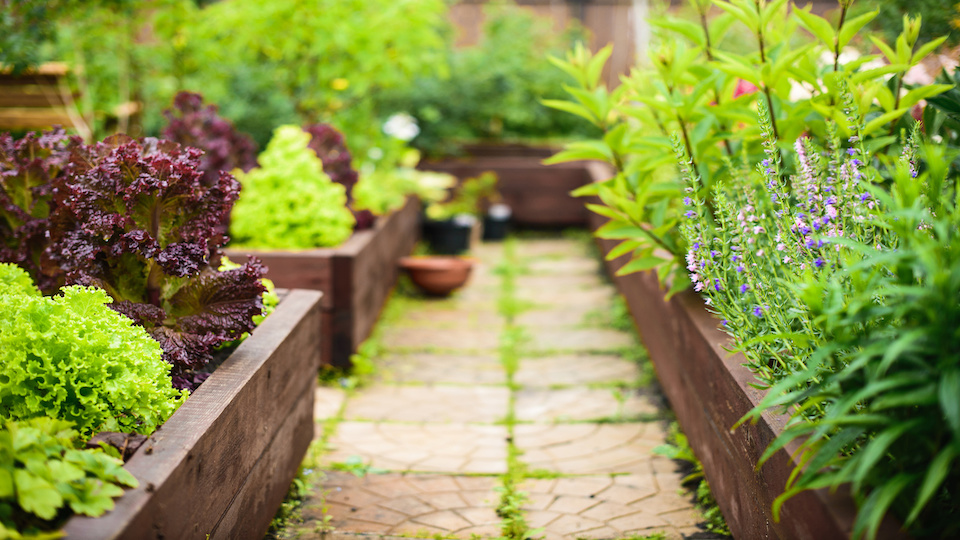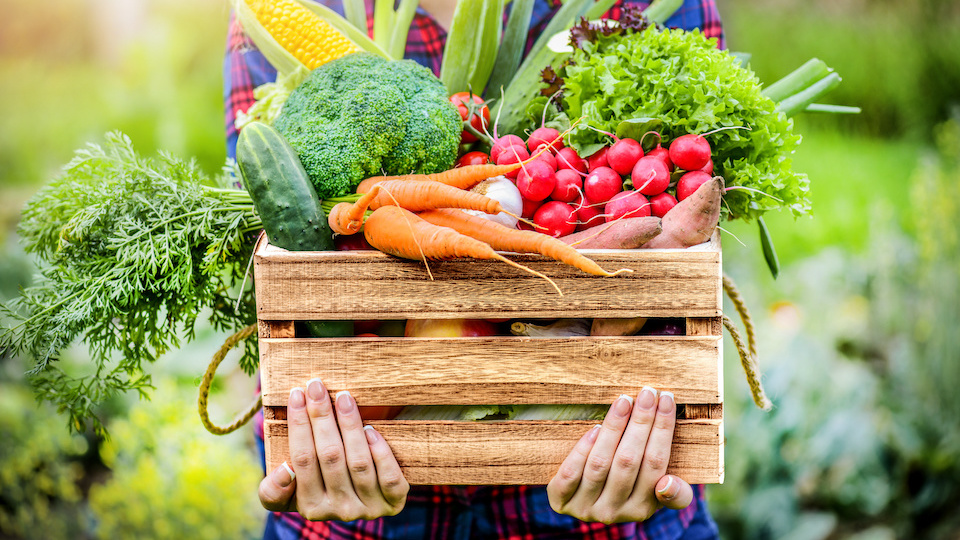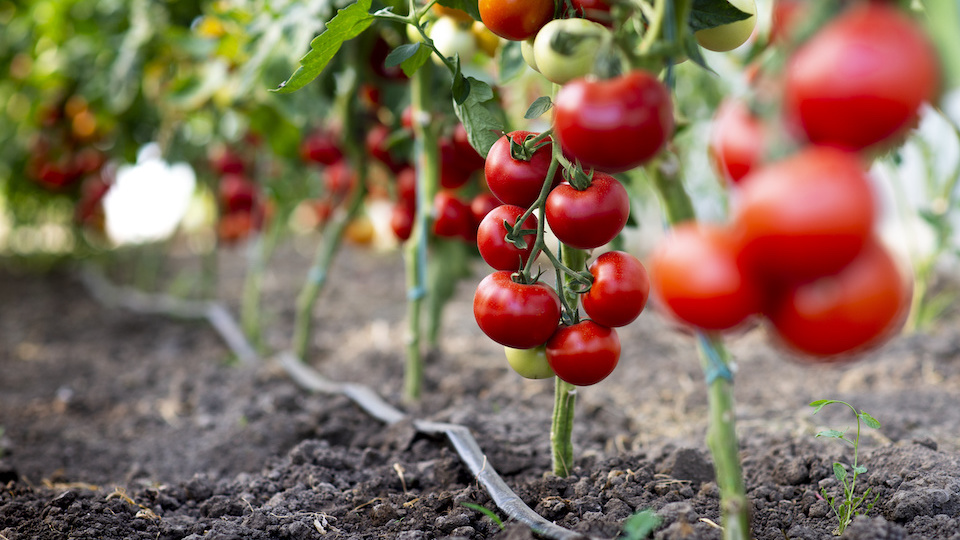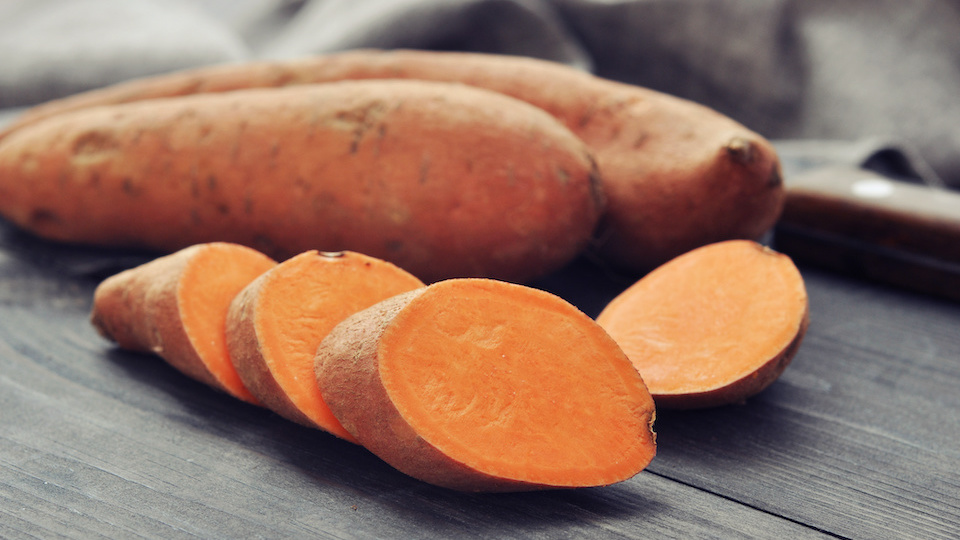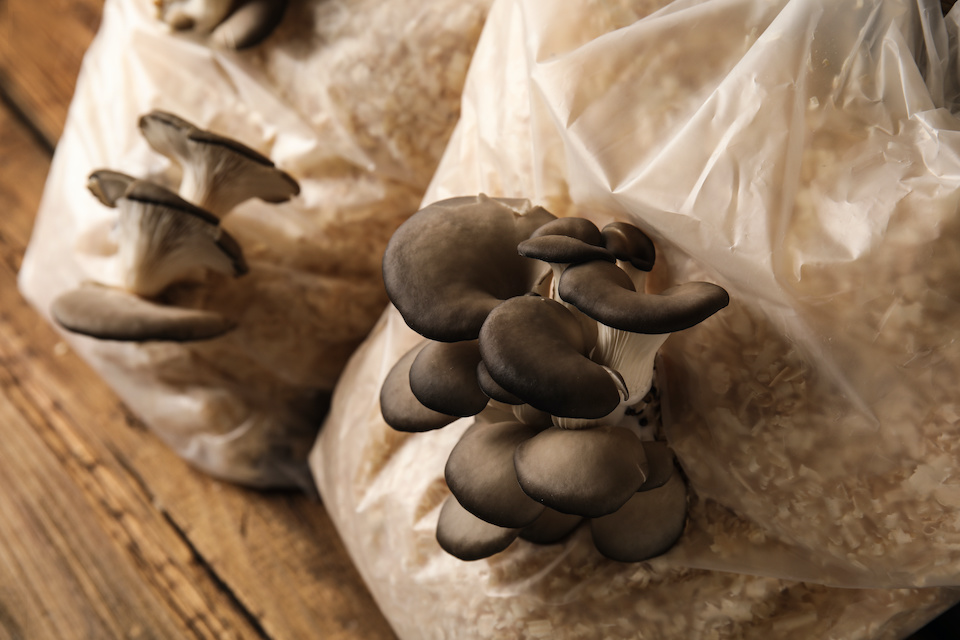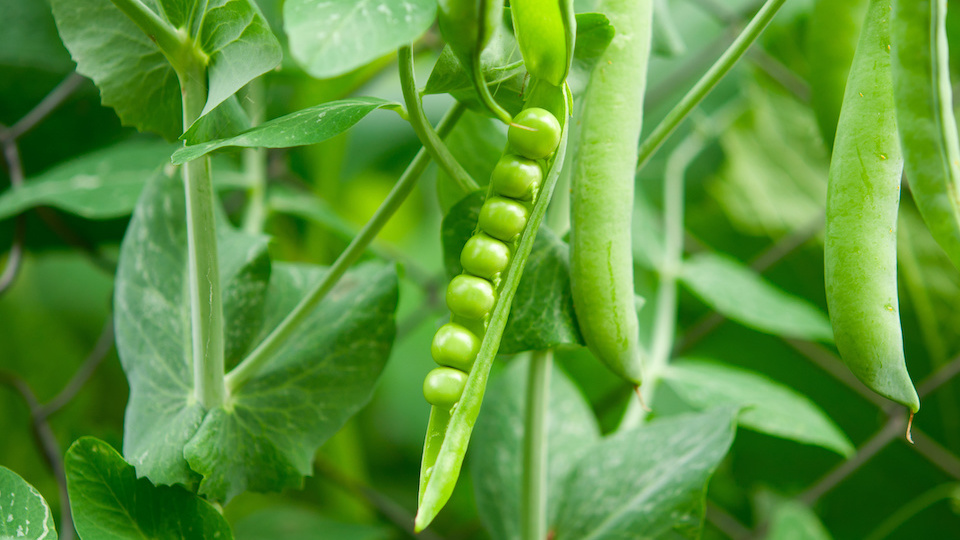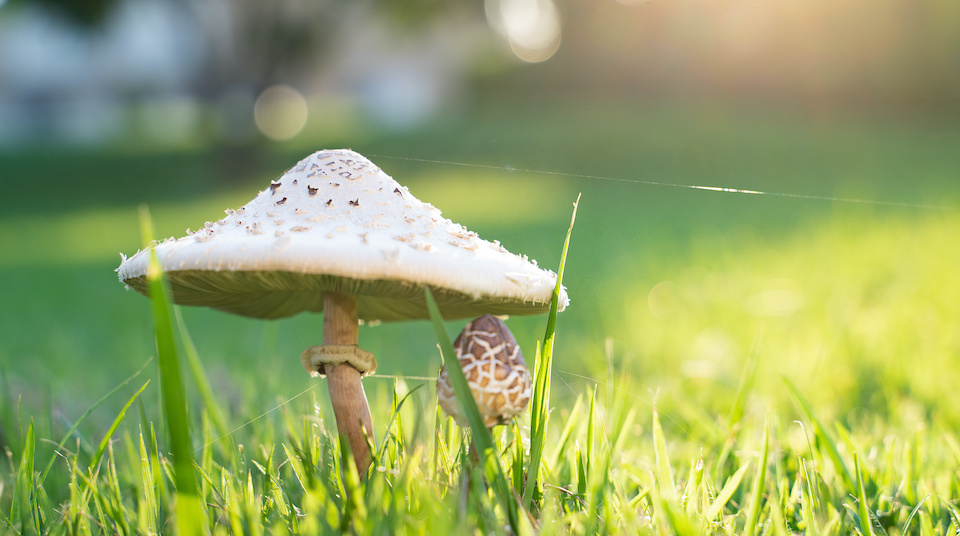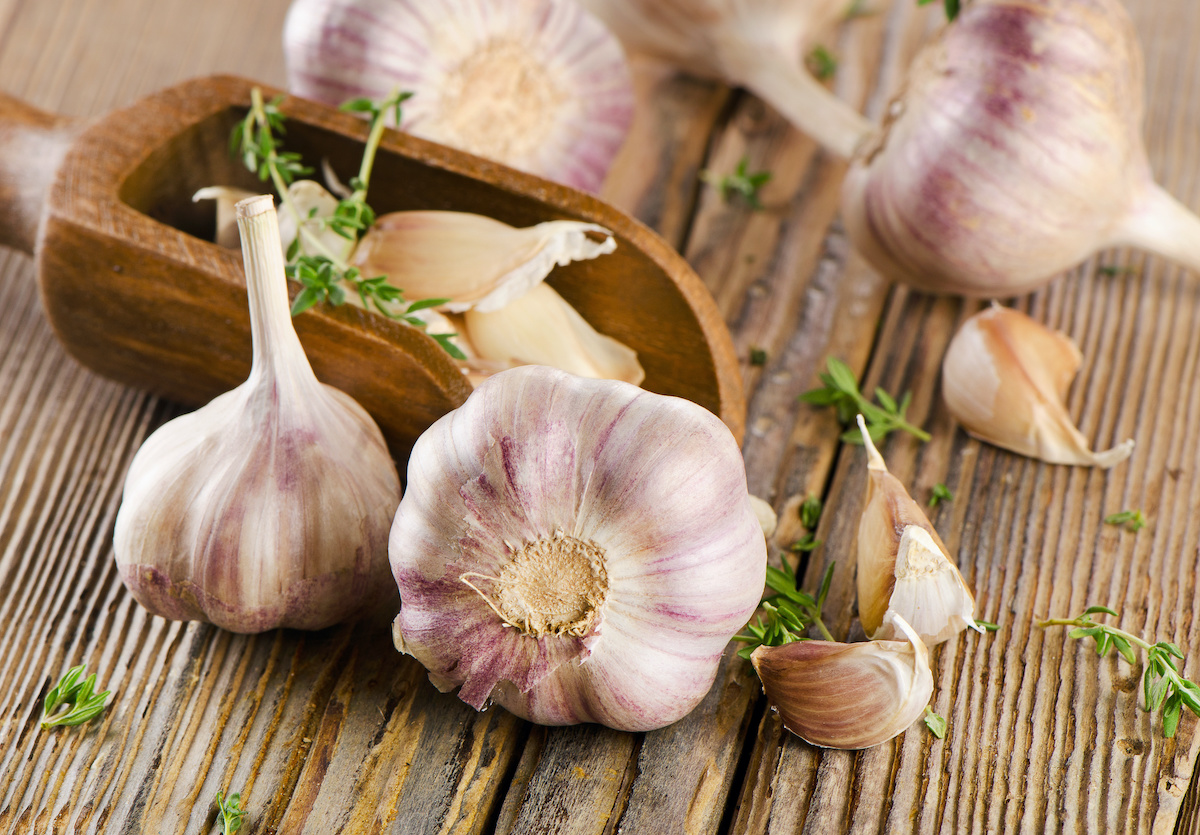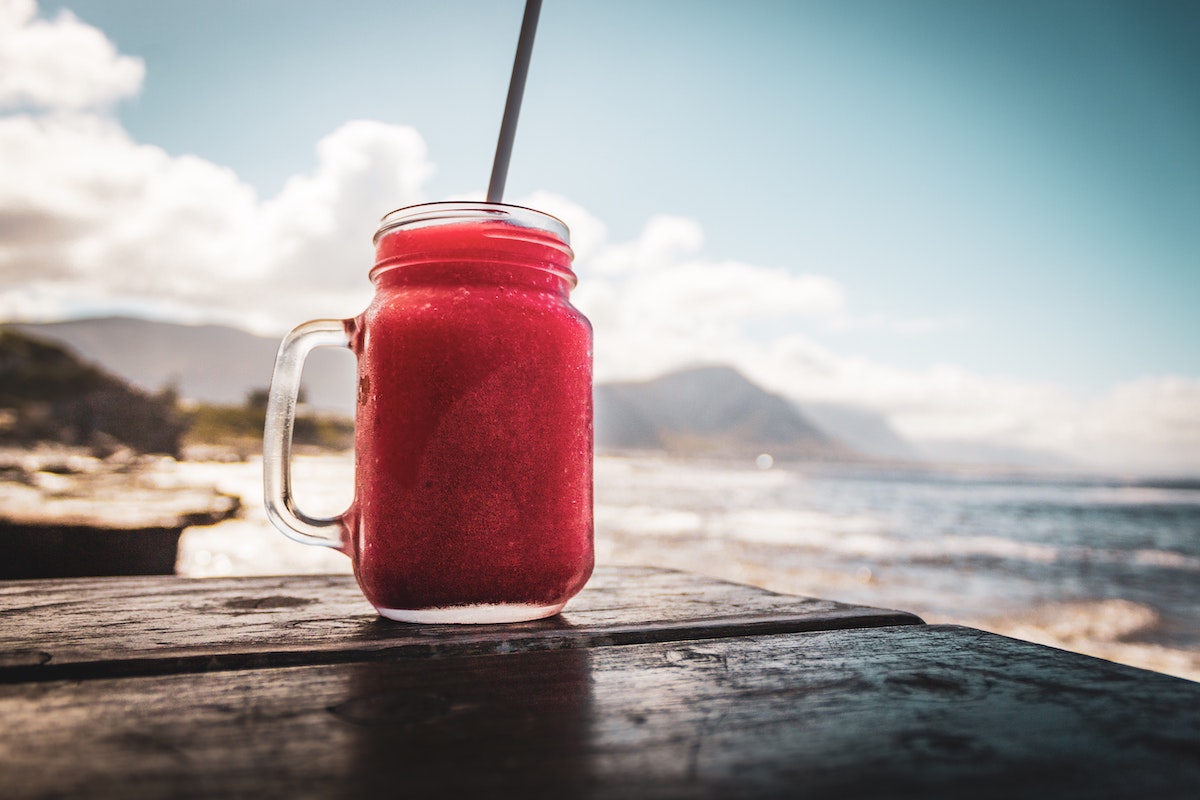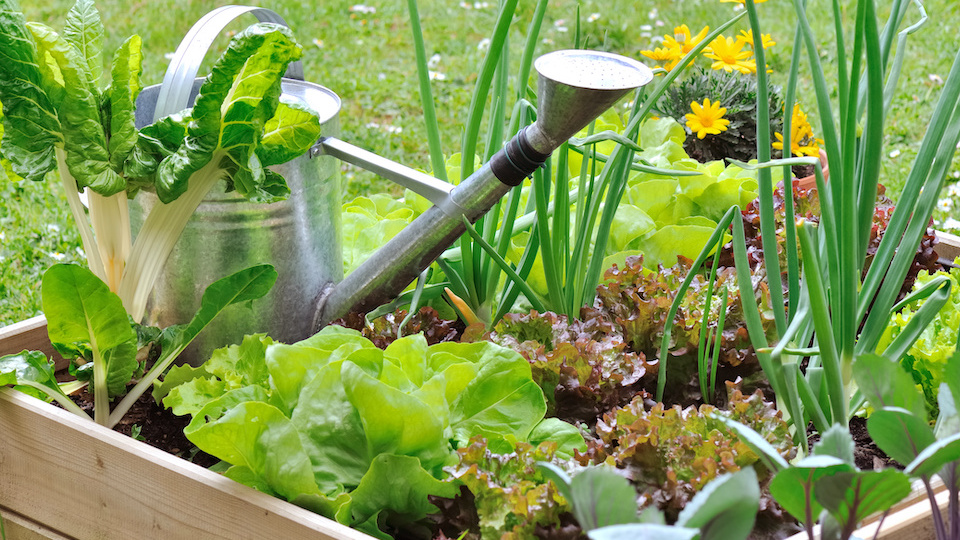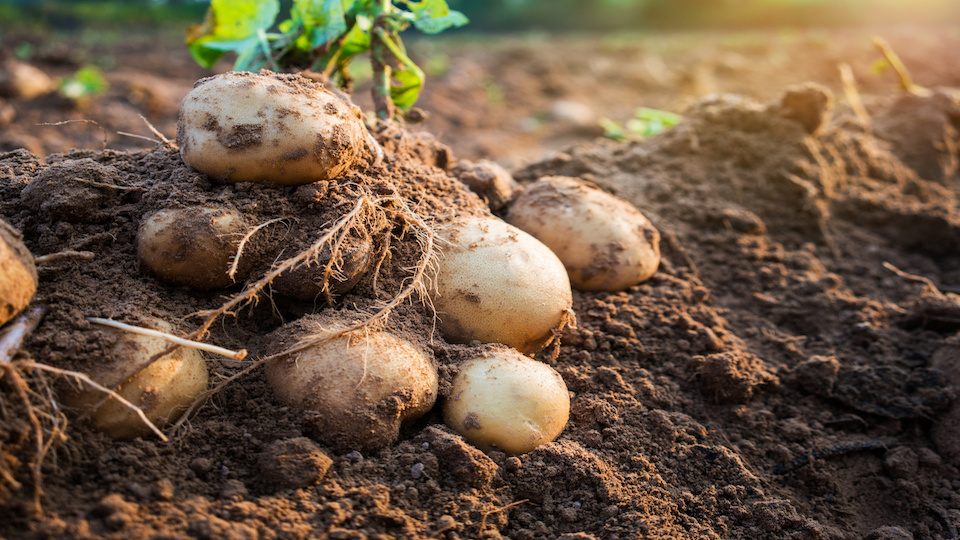Best Veggies to Grow in Raised Beds
A raised bed is a great way to start a vegetable garden. It allows you to create the perfect environment for your veggies, with just the right soil mix and good drainage. You can generally grow any vegetables in this way, but some are superstar producers in a raised bed.


